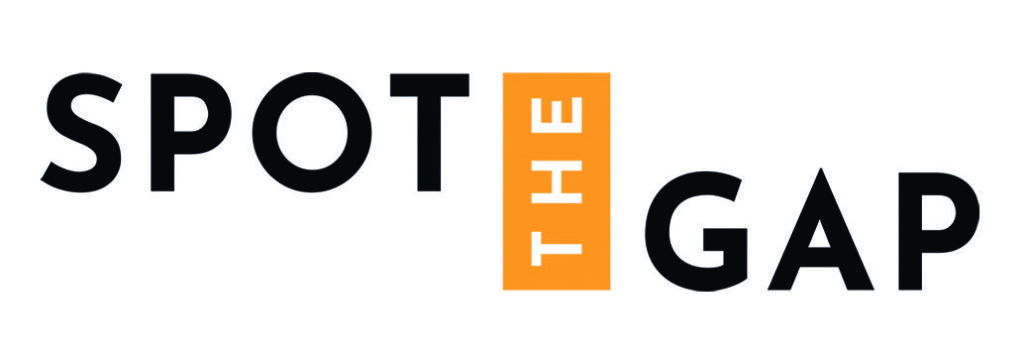We all bring a myriad of opinions, ideas, assumptions and biases to work every day, which are often rooted in our upbringing, education and previous workplace experiences.
Bias in the workplace is usually associated with discrimination on the lines of gender, ethnicity, religion, sexual orientation or disability. Yet there are many types of unconscious bias that are less spoken about, which are often equally as impactful.
Most people do not set out to be malicious or to intentionally discriminate against others at work. However, left unchecked these biases can affect decision making and can have a significant impact on recruitment, line management and performance review.
Here are just a few of the ways we may be prejudicing decisions at work through our own personal biases:
Affinity bias
This is when weunconsciously prefer people with whom we share similar qualities, backgrounds and experiences. Our brains are wired to seek out familiarity in order to create safety in our everyday lives.
Halo effect
This is the tendency to think overly positively about a person based on their achievements in one specific area. This can lead to us assuming they are highly capable in all areas of work or life, when this may not be the case.
Confirmation bias
When we have formed a view on something, we tend to seek out evidence which backs it up while ignoring, or rejecting, information that casts doubt on it. This selective thinking suggests that we don’t perceive circumstances objectively.
Research by Harvard University shows that two thirds of people in top executive positions show biases they may not be aware of[1], and that in the UK, 80% of employers admit to making recruitment decisions based on regional accents[2]. British citizens with ethnic names have to send, on average, 60% more job applications to get a positive response from employers compared to their white counterparts[3].
The biggest
problem with unconscious bias is that it is implied and often not articulated
out loud. How do you stop something that you can’t see or hear?
Here are four changes that companies can make in order to make their workplaces as inclusive as possible:
Recruitment: when sifting applications, ensure you focus on specific qualifications and talents, as opposed to demographic characteristics. The easiest way to do this is through blind CVs and applications forms, yet 65% of UK companies do not assess applications in this way.
Standardise interviews: all candidates should be asked the same set of questions at interview. Interviews which lack defined questions and rely on a conversation about a candidate’s experience and background are more at risk from interviewer bias creep.
Educate: diversity and inclusion training often focus on harassment and bullying in the workplace. Unconscious bias training can make employees more aware of how they are being influenced by their stereotypes or assumptions in the workplace.
Decision-making: major organisational decisions should always involve more than one person and ideally should be checked and signed off by a committee. This is something that SMEs often struggle with due to small teams, but this is where the role of the Board of Directors is crucial.
If you’re interested in finding out more about your own biases, Harvard University offers a free online test!
[1] Project Implicit Race Bias data (Europe and the US), Harvard University, 2003-13
[2] Peninsula UK, Accents in the Workplace, 2013
[3] Nuffield College, University of Oxford, Are employers in Britain discriminating against ethnic minorities? report, 2018
This blog was written by a HR Heads Guest Author; Alex Marshall.

Alex Marshall is the founder of Spot The Gap, an employee engagement consultancy committed to more purposeful and inclusive workplaces.

